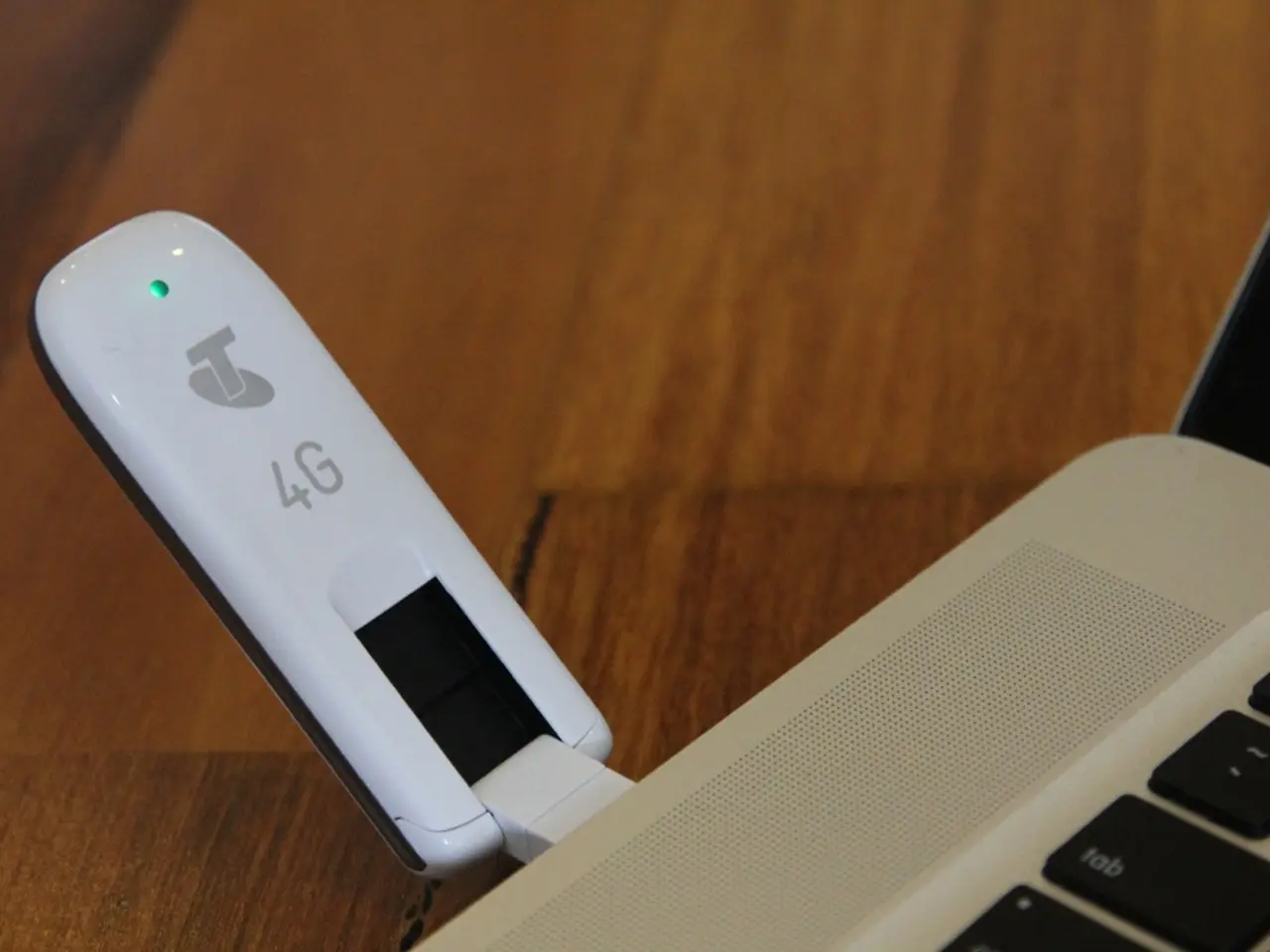Chrome OS's lifespan may be nearing its end, according to Google's Android division head's recent implications.
In a significant move for the tech industry, Google has confirmed that it is actively working to combine its ChromeOS and Android platforms into a single, unified system. This announcement was made directly by Sameer Samat, President of the Android ecosystem at Google, in mid-2025.
Although Google has not provided a precise timeline for when this transition will be fully completed, the process is already underway. ChromeOS is gradually moving to use parts of the Android kernel, while Android is adopting features that serve larger screen devices better.
The merger promises several potential benefits. For one, it will simplify engineering and accelerate innovation, as Google’s engineering teams will maintain and update a single unified codebase instead of two separate ones. This simplification is expected to speed up development, particularly around AI and new features.
Google aims to achieve a seamless cross-device experience similar to Apple’s ecosystem, where laptops and phones work together more smoothly. Chromebooks, which already support Android apps, will benefit from faster feature rollouts and potentially enhanced app compatibility and performance. The merger will also improve Android's ability to serve larger-screen devices effectively, as evidenced by the improvements in Android 16 for tablet-sized screens and desktop-like experiences.
However, merging two distinct platforms with different user experiences and hardware optimizations is a complex technical challenge. Google must ensure compatibility and smooth operation across an extensive range of devices, including smartphones, tablets, and Chromebooks. User adaptation is another challenge, as some users may be resistant to change or uncertain about the merged platform's capabilities.
The merger must also clearly differentiate Google's unified platform from Windows, macOS, and Apple's ecosystems while maintaining performance and broad app compatibility to persuade users to switch or remain loyal to Google devices.
Desktop PC versions of Android have been in existence for years, with some still maintained like Android-x86 and BlissOS-x86. ChromeOS is a Linux desktop, with the open source Aura shell and Canonical's init system. The change may happen soon, but a specific timeline was not provided in the interview.
The integration of Android with handheld devices might happen sooner rather than later, potentially offering more app choices. However, there are challenges to overcome, such as transition complexity, user adaptation, and market competition and differentiation. Despite these challenges, the merger holds considerable potential for performance, development, and user experience improvements.
- To improve the unified platform's app compatibility and performance, Google may consider leveraging open source technology, like Android-x86 and BlissOS-x86, for desktop PC versions.
- As the merger of ChromeOS and Android unfolds, AI capabilities could be significantly enhanced due to the simplification of engineering and accelerated innovation that a single unified codebase provides.
- To ensure the success of the merged platform, Google must address hardware optimization challenges across various devices, such as smartphones, tablets, and Chromebooks, and address user concerns about compatibility and smooth operation.




